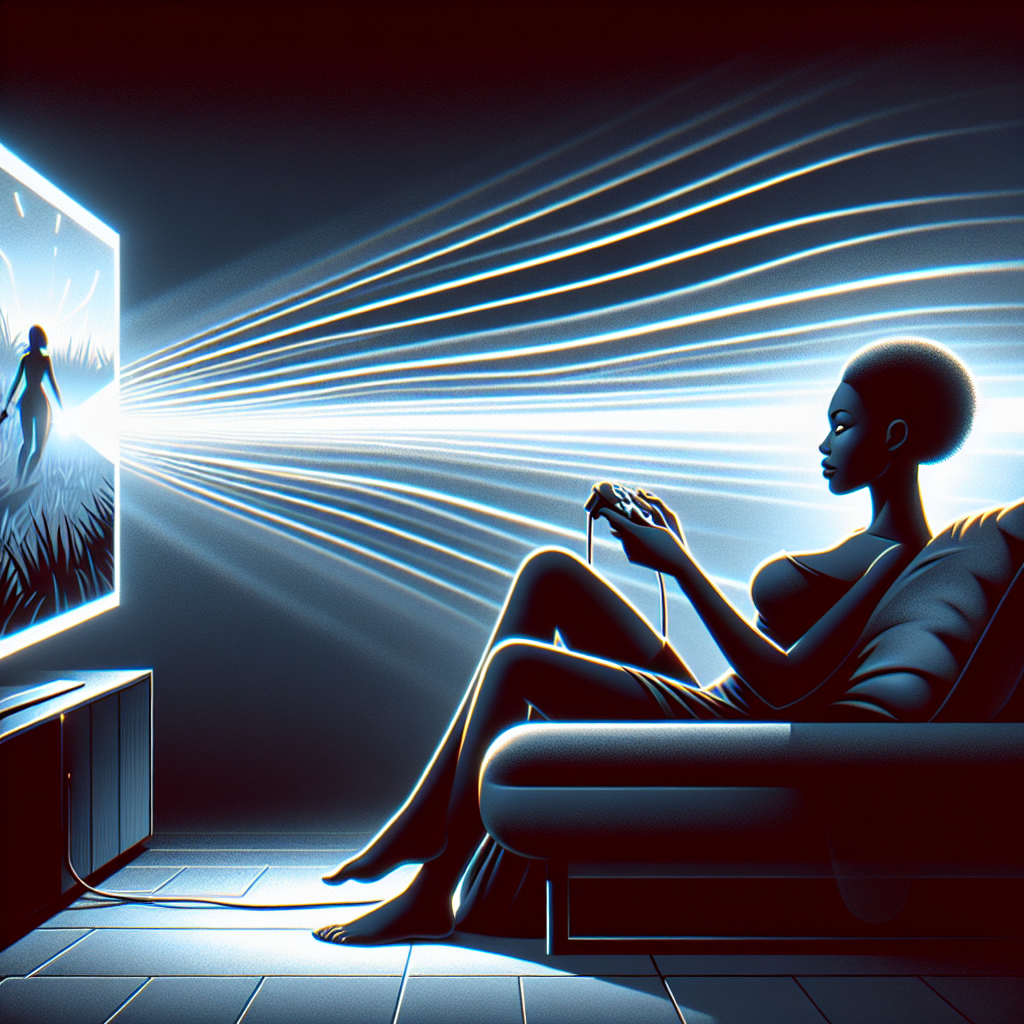I had an idea the other night. It was one of those simple, “what if?” moments. What if I could use my powerful gaming PC, not just at my desk, but anywhere in my house? On the couch, in bed, maybe even on the patio on a nice day.
My mind immediately went to the complicated solutions. Running long cables through the walls? Expensive KVM switches? It all sounded like a massive headache and a bigger hit to my wallet. I almost gave up on the idea, figuring it was more trouble than it was worth.
But then I stumbled upon a different kind of solution: a software combination called Sunshine and Moonlight.
What are Sunshine and Moonlight?
Let me break it down. It’s actually pretty simple.
- Sunshine: This is an open-source tool you install on your main computer (the host). Think of it as a broadcast tower. It takes whatever is on your screen—be it a game, a design app, or just your desktop—and streams it over your home network. It’s a self-hosted alternative to other streaming services, which means you have total control.
- Moonlight: This is the client app you install on the device you want to stream to. This could be a laptop, a tablet, your phone, or in my case, a tiny Raspberry Pi I had lying around. It’s the receiver that picks up the signal from Sunshine.
The setup promises a low-latency, high-quality stream. In simple terms, it’s supposed to feel like you’re sitting right in front of your main PC, even if you’re on the other side of the house.
My Expectations Were Low
Honestly, I was skeptical. I’ve tried remote desktop solutions before, and they’ve always been… fine. Okay for checking an email or grabbing a file, but for anything that requires smooth performance? Forget it. There’s always that tiny, infuriating lag between moving your mouse and seeing the cursor move on screen. It’s just enough to make playing a game or doing any detailed work impossible.
So, I installed Sunshine on my desktop and Moonlight on my Raspberry Pi, which I hooked up to my TV. The process was surprisingly straightforward. I followed a few guides, configured some settings, and held my breath.
I expected a bit of stuttering. I expected some pixelation when the action got heavy. I expected that tell-tale input lag.
I got none of it.
It Just Worked, and It Worked Perfectly
I’m struggling to find the right words to explain how smooth this setup is without sounding like I’m exaggerating. It doesn’t even feel like I’m remotely accessing my computer. It feels native.
I launched a fast-paced game, and the response was instant. Every mouse movement, every keyboard press, registered immediately. The image on my TV was crisp and clear, with no noticeable compression artifacts. My powerful PC was doing all the heavy lifting from its spot in my office, and I was enjoying the full experience from the comfort of my couch.
It’s one of those rare moments in tech when something just works exactly as advertised, or in this case, even better. There was no fiddling with complex network settings or fighting with drivers. It was a simple idea—access my PC from anywhere in the house—and this was the simple, elegant, and shockingly effective solution.
So, if you’ve ever had a similar thought, if you’ve ever wished you could untether yourself from your desk without sacrificing the power of your main machine, I’d highly recommend giving this a try. You don’t need to spend a fortune on fancy hardware. Sometimes, the best solution is just a bit of clever, free software. It’s not a “game-changer,” it’s just… really, really good. And sometimes, that’s all you need.
